The pioneer of upvc rooftile manufacturing in Iran!
+9120465839
Sales unit Connection
Among different types of roof shapes and materials which roof is the best for your structure? Hipped roof, gable roof, flat roof or modern roof styles cannot be constructed on all structures and with all kinds of roof materials.
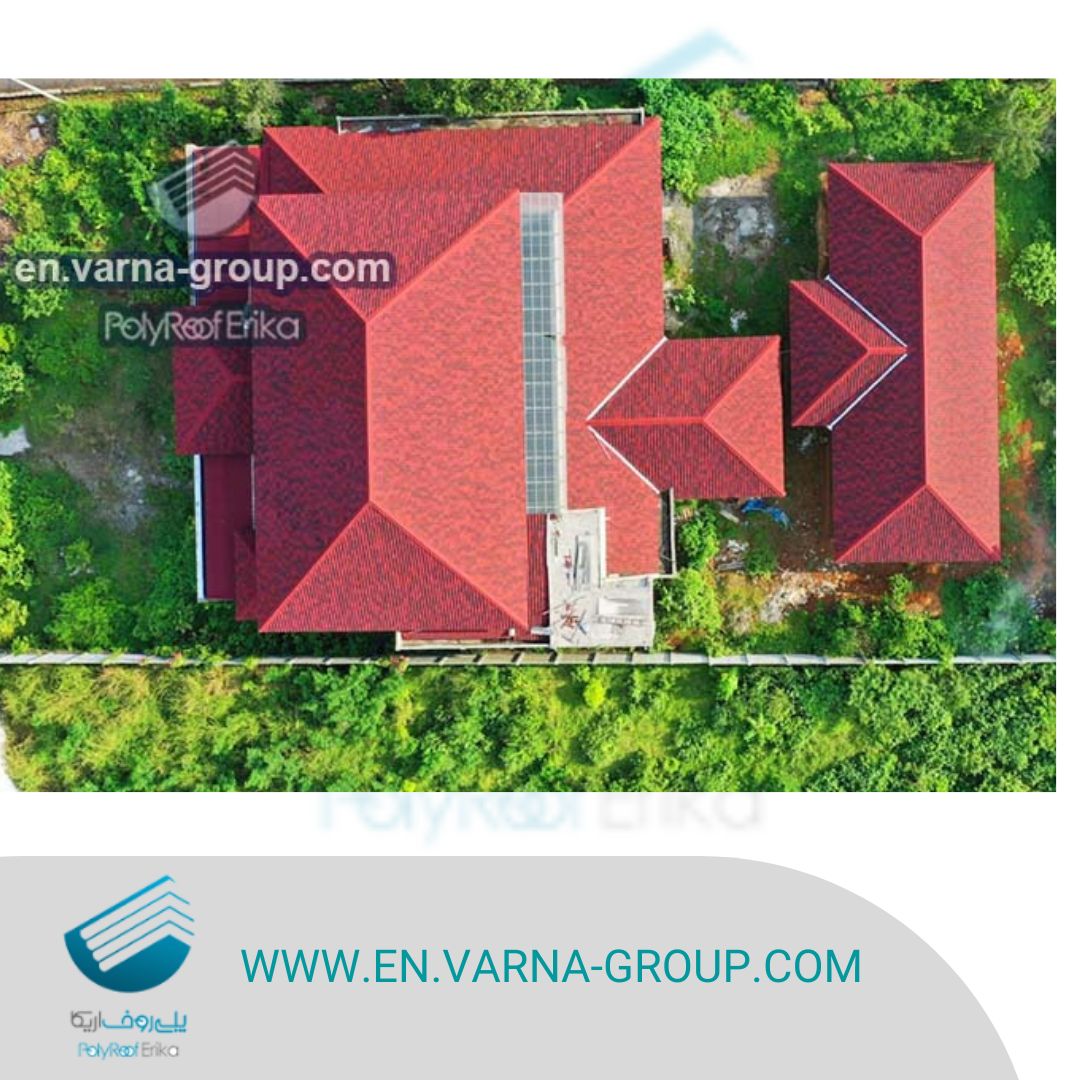
Hipped roof (hip roof) designs are more popular in some part of Europe & North America or traditional structures – villages, cottages, farmlands, churches, etc.
In this article, we will discuss the application, advantages and disadvantages of FIP roofs and compare it with a sloped roof.
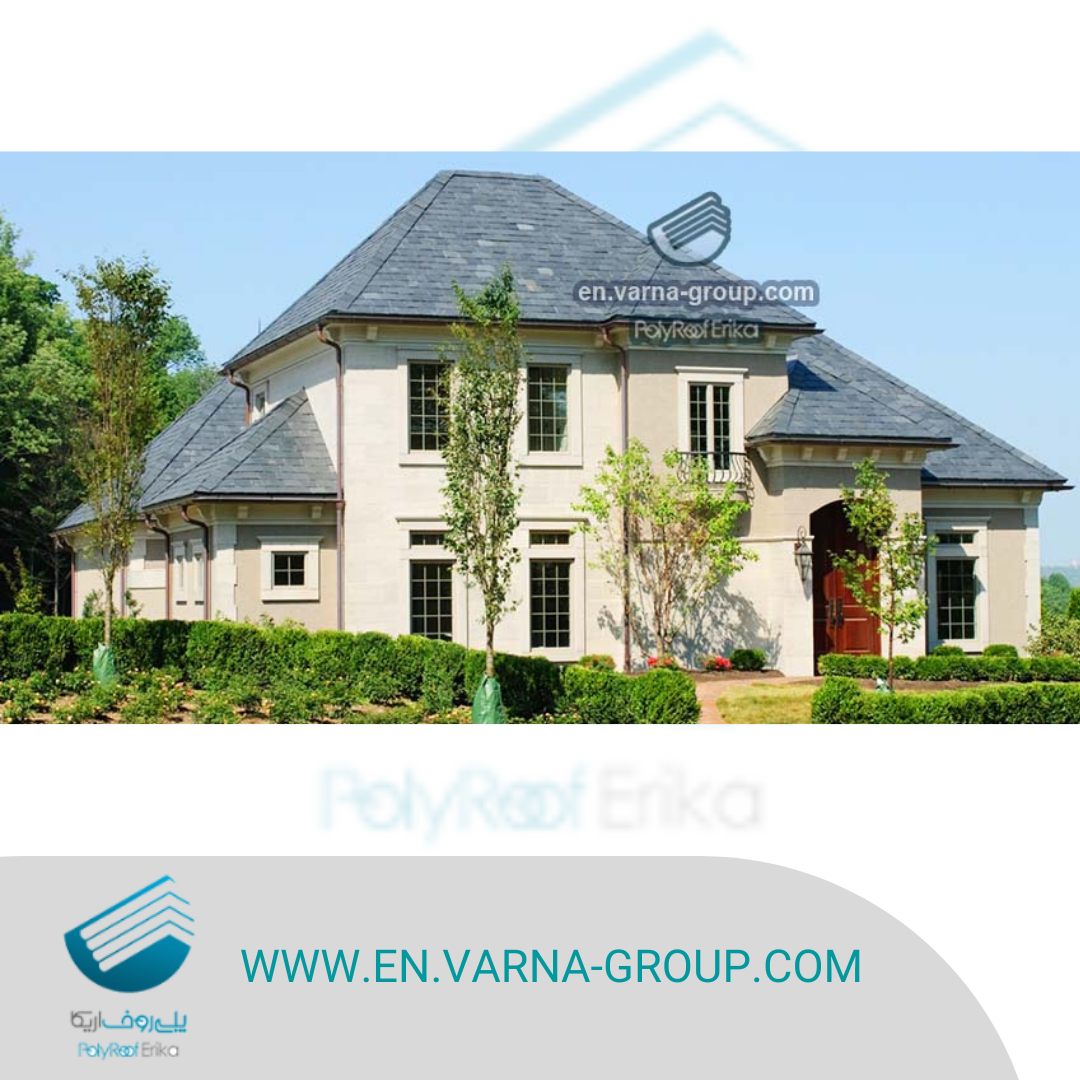
Generally hip is the word used to a roof slope with an angle. It is also used for women as they have hips.
As you know, the ridge is a horizontal line that connects upper part of the roof in length and covers it at highest point. It is where the hips start. They are the roof slopes that extends all the way down from the ridge to the walls.
Hipped roofs are different in designs and styles and they are not normal roofs like flats and gables. Their benefits are more than other roofing structural shapes. Here are the pros & cons of buying or building hipped roofs:
Read more: flat roofs
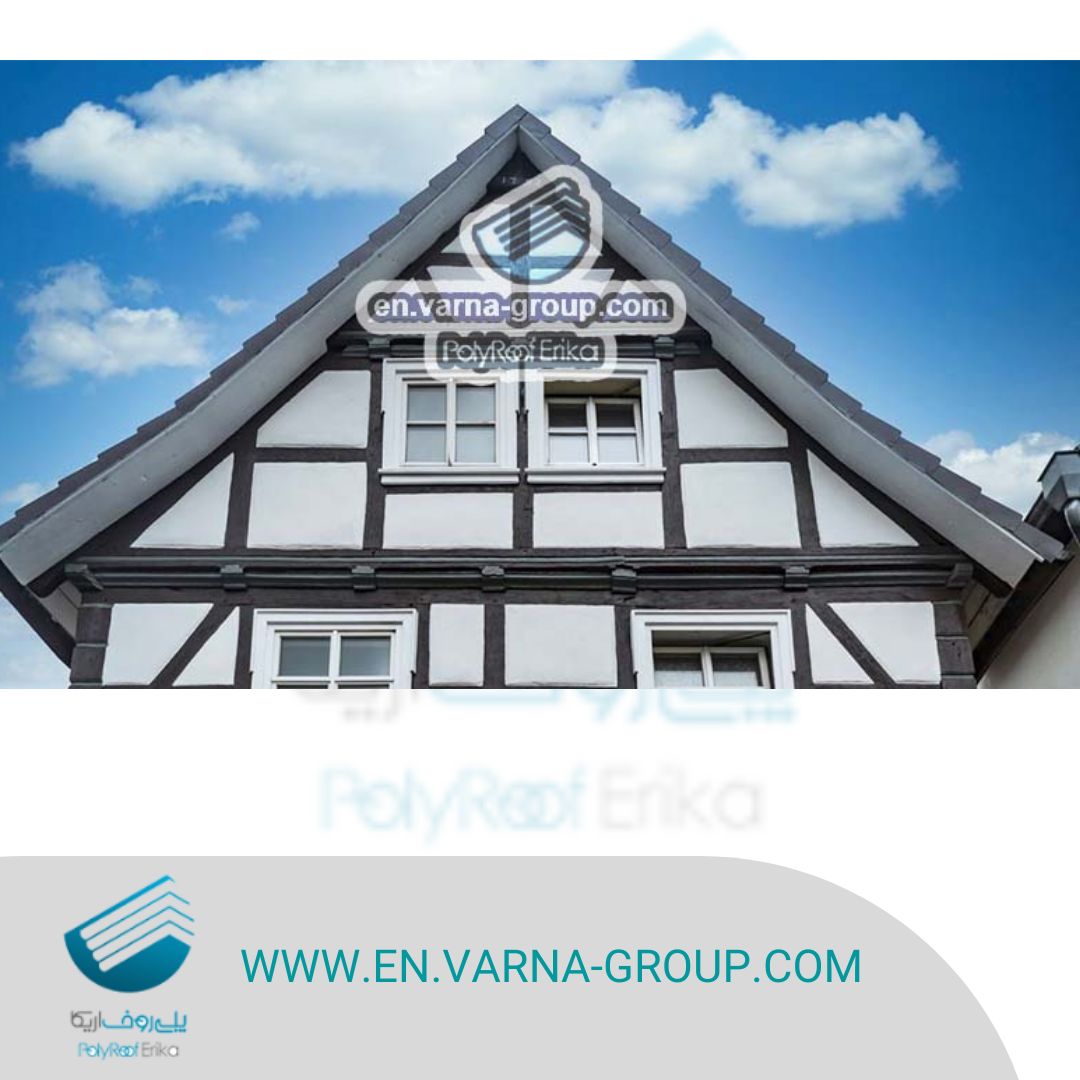
Gable

Hip
The obvious Difference between hip roofs and gables is the slopes. Although hipped roofs are more complex to construct, but they are more reliable when exposed in high winds and snow. This complexity and diverse types of roofing requires more construction materials and therefore the cost of the roofs goes higher in hip roofing.
Read more: gable roofs
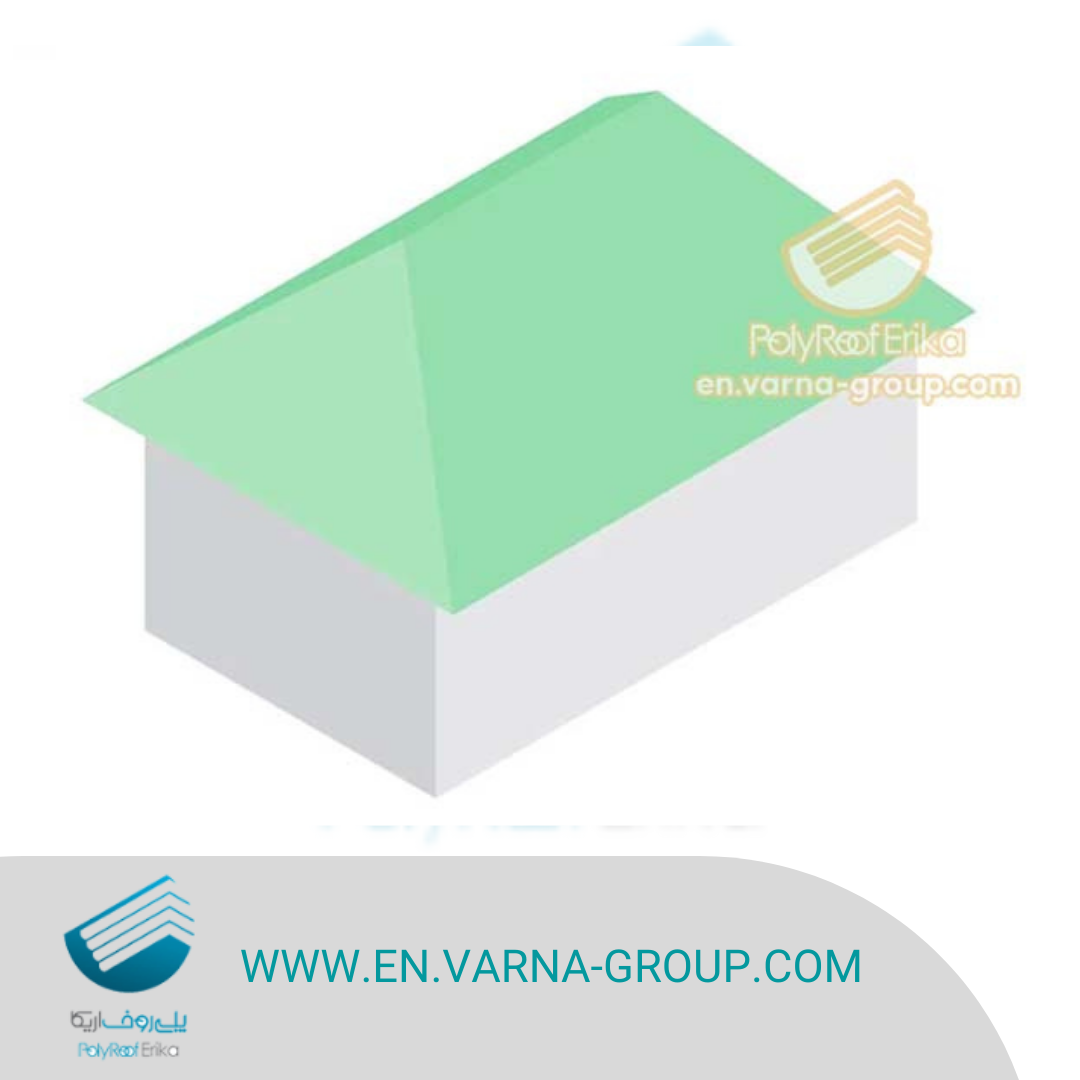
This type is the most common one among other types of hip roofs. The longer sides of the roof have a trapezoidal shape. But the hip end – which are front and back sides – have a triangular shape.
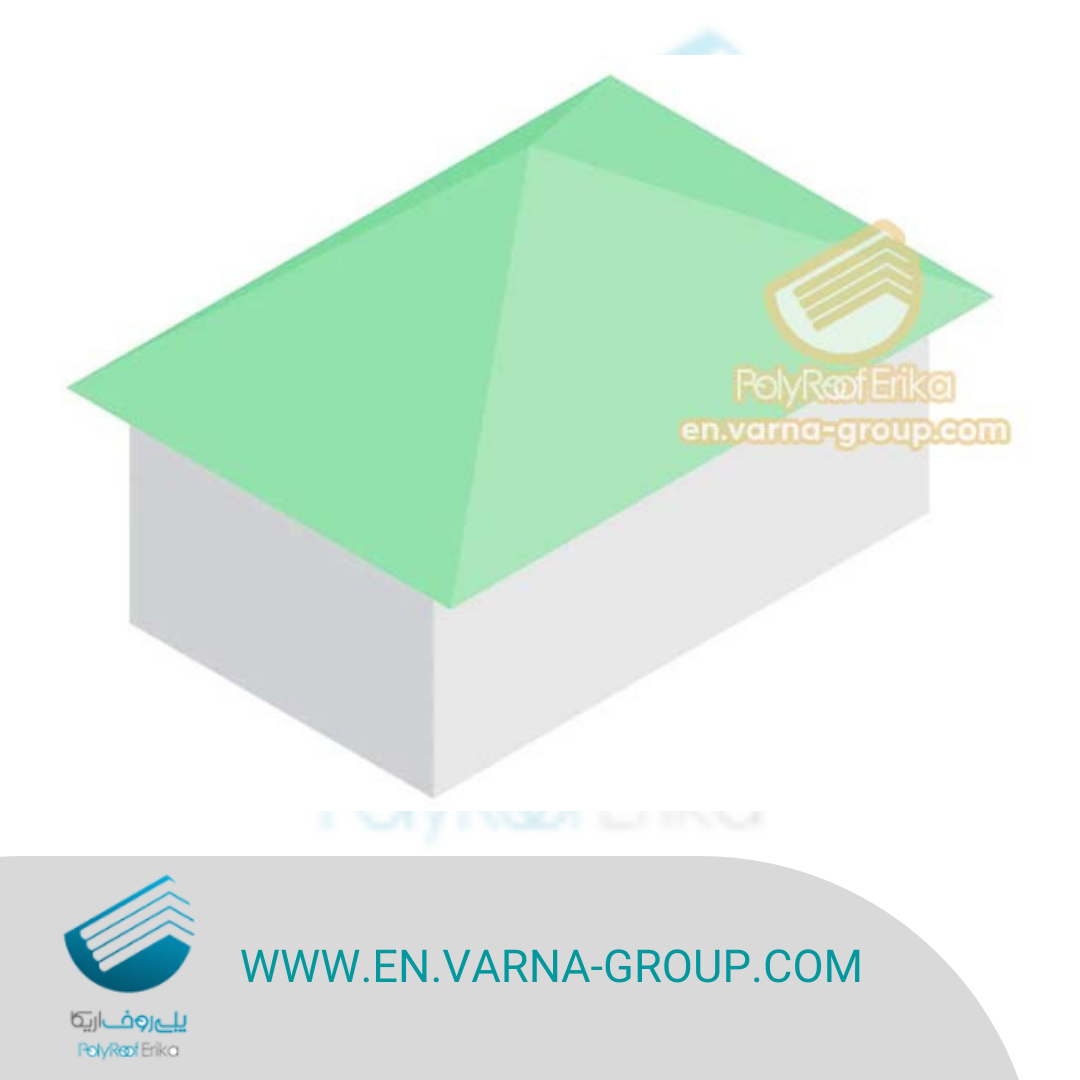
It consists of 4 equal triangular sides. They extend up to a singular point at the top of the roof. They are often seen in gazebos and pavilion buildings.
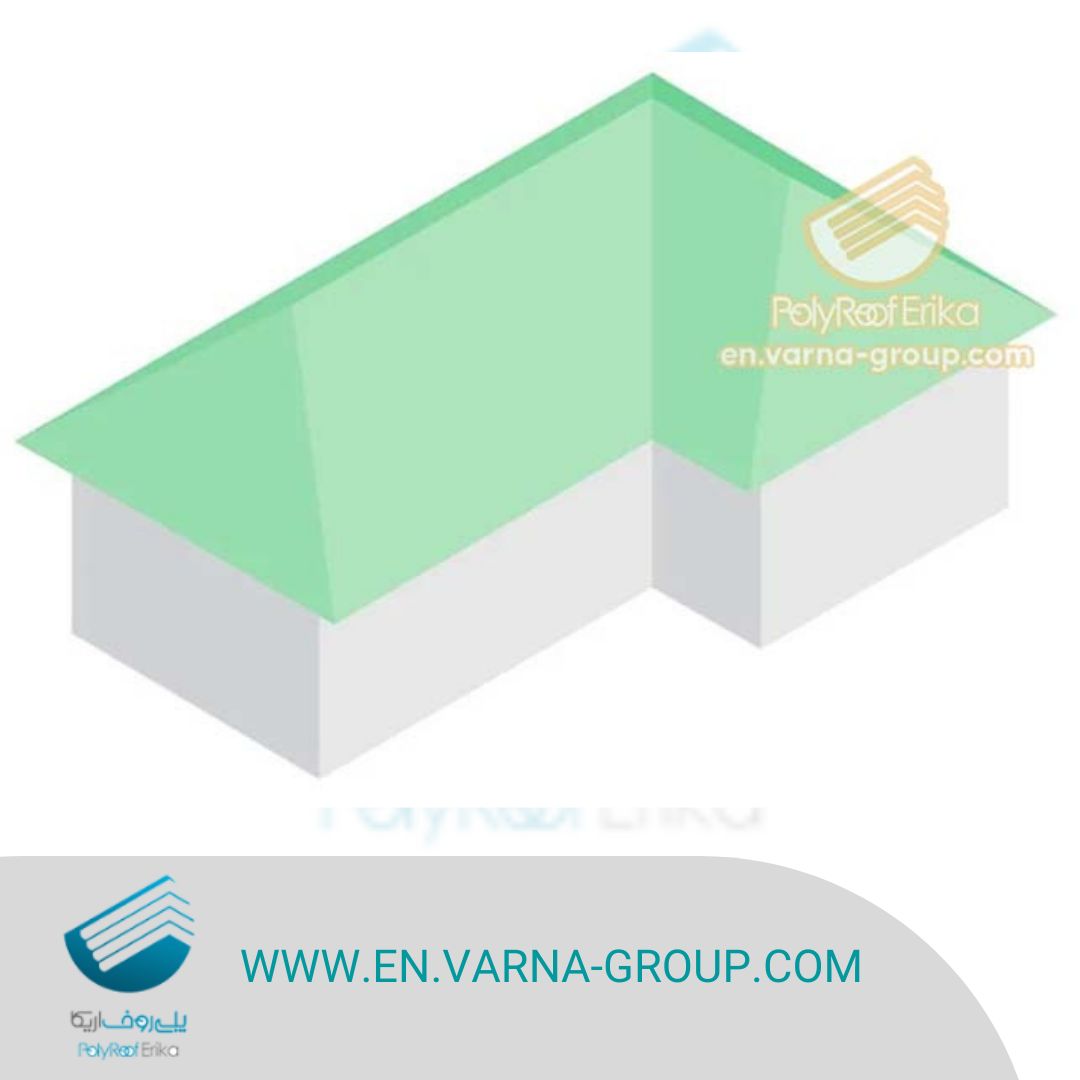
Cross hip roof can bring 2 hipped roof buildings together. They meet at their ends and create a seam / valley or a cross-hip shape.

2 sides of this style are shortened so that they can create eaves. This variation can place a gutter that can take care of drainage system better.
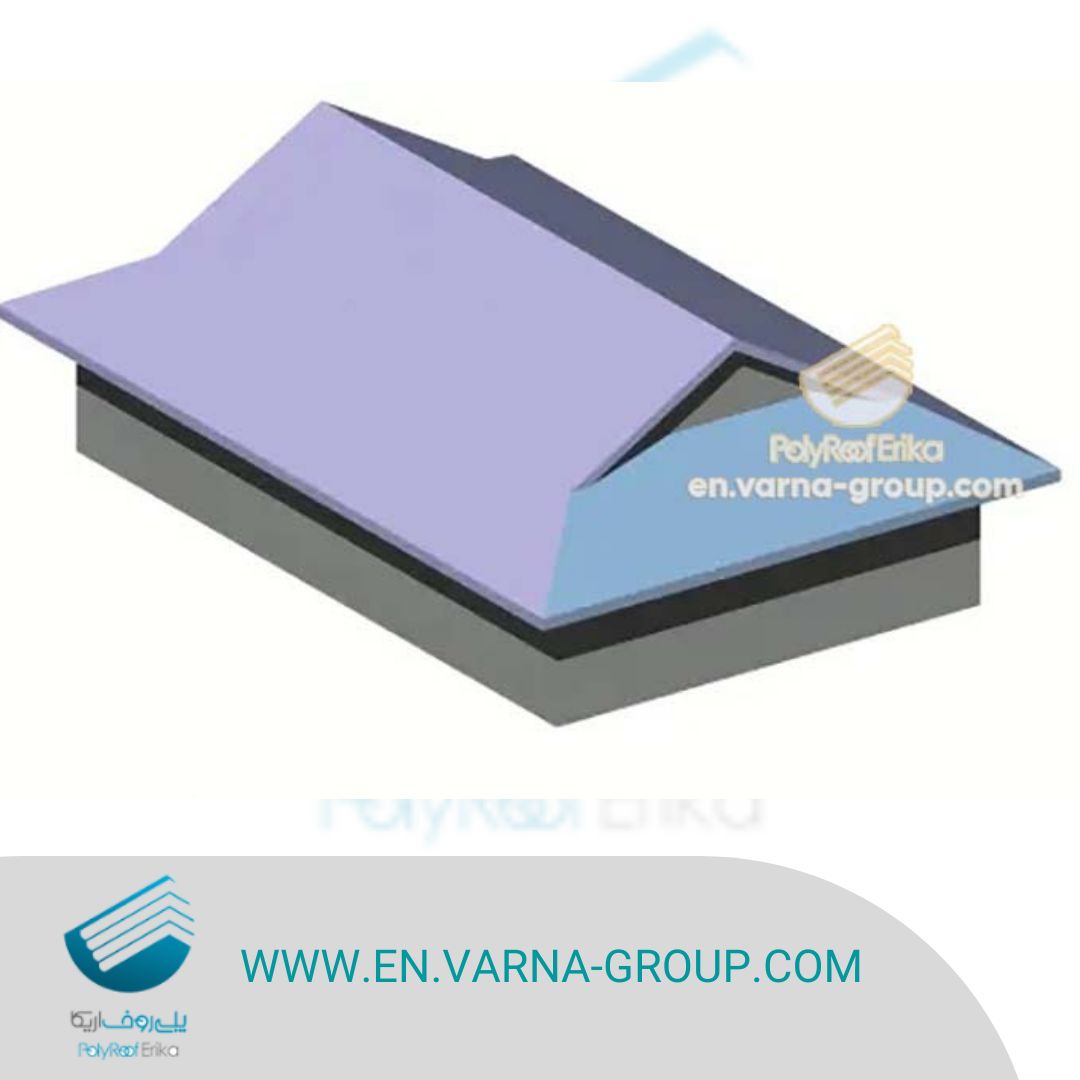
This is a combination of a gable and a hipped roof design. This hip style allows for more internal and attic space. By increasing the aesthetic appeal of the building, turns it into more interesting and a unique roof design.
You do not have to choose some low-quality roof materials in order for your roof to be more cost-effective or cheap. With the advancement of technology, we see the creation of lighter and newer models of roof construction buildings.
Roof tiles are one of the kinds. Materials often used for hip roofs are: asphalt, slates, shingles and uPVC roof tiles.
As we mentioned above, one of the drawbacks of hipped roofs is Leakage. This is a serious issue. Whether you are dealing with a human, animal or goods under the roof, when it comes to roof leaks, Concerns arise. Now, how does upvc roof tiles resolve water penetration of your roof?
UPVC roof and wall cladding stands for Un-plasticized poly vinyl chloride which is a strong flexible sheet. Due to their excellent overlapping can do sealing job perfectly. They have centimeter wave that can prevent from any water absorption. This is very helpful in winter or any region that rains much.
They are useful for hot weather too – as they do not need any additional thermal insulator. They are energy-efficient and lowers the cost of purchasing and maintaining the roof greatly.
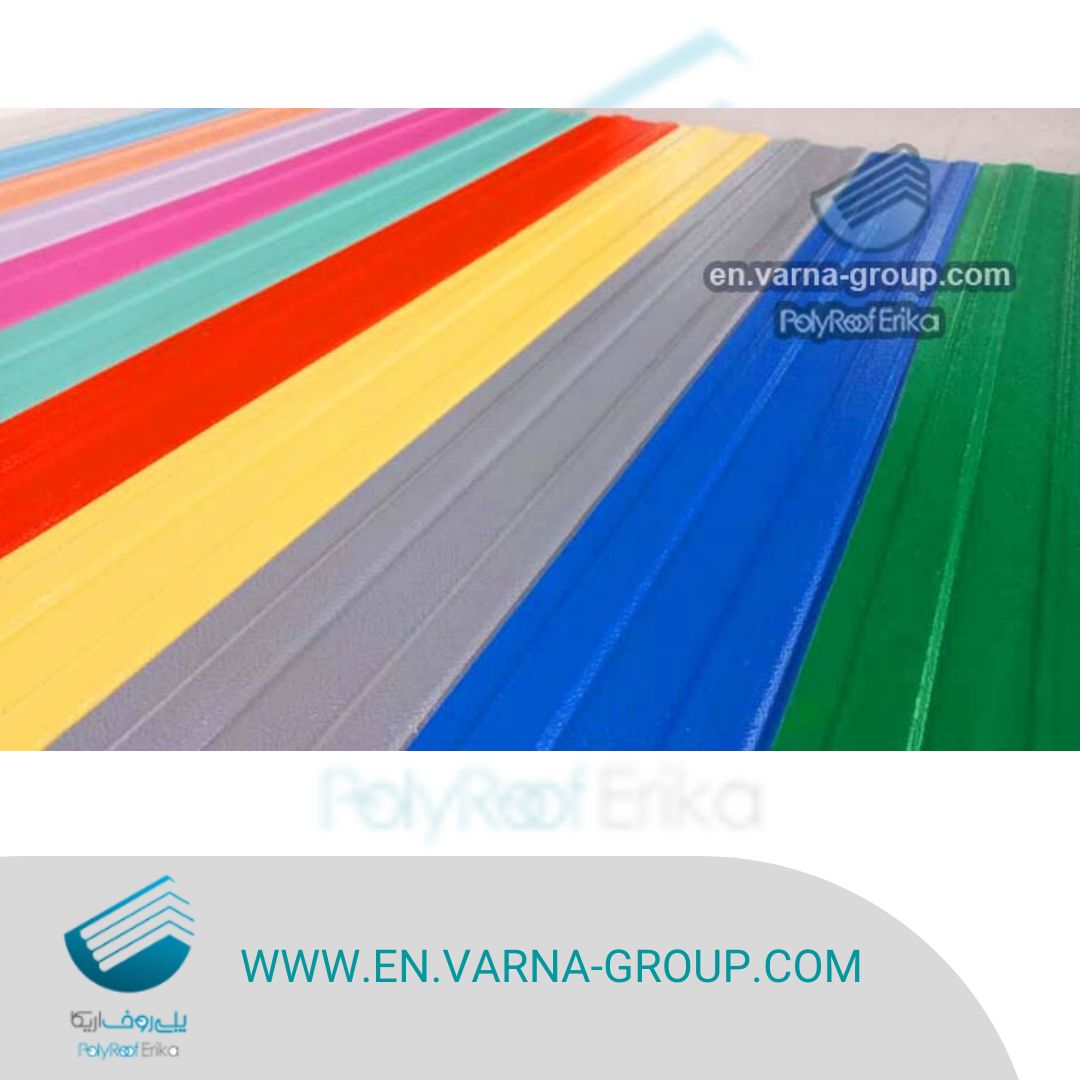
Sepidfam Varna uPVC color coated roof sheets
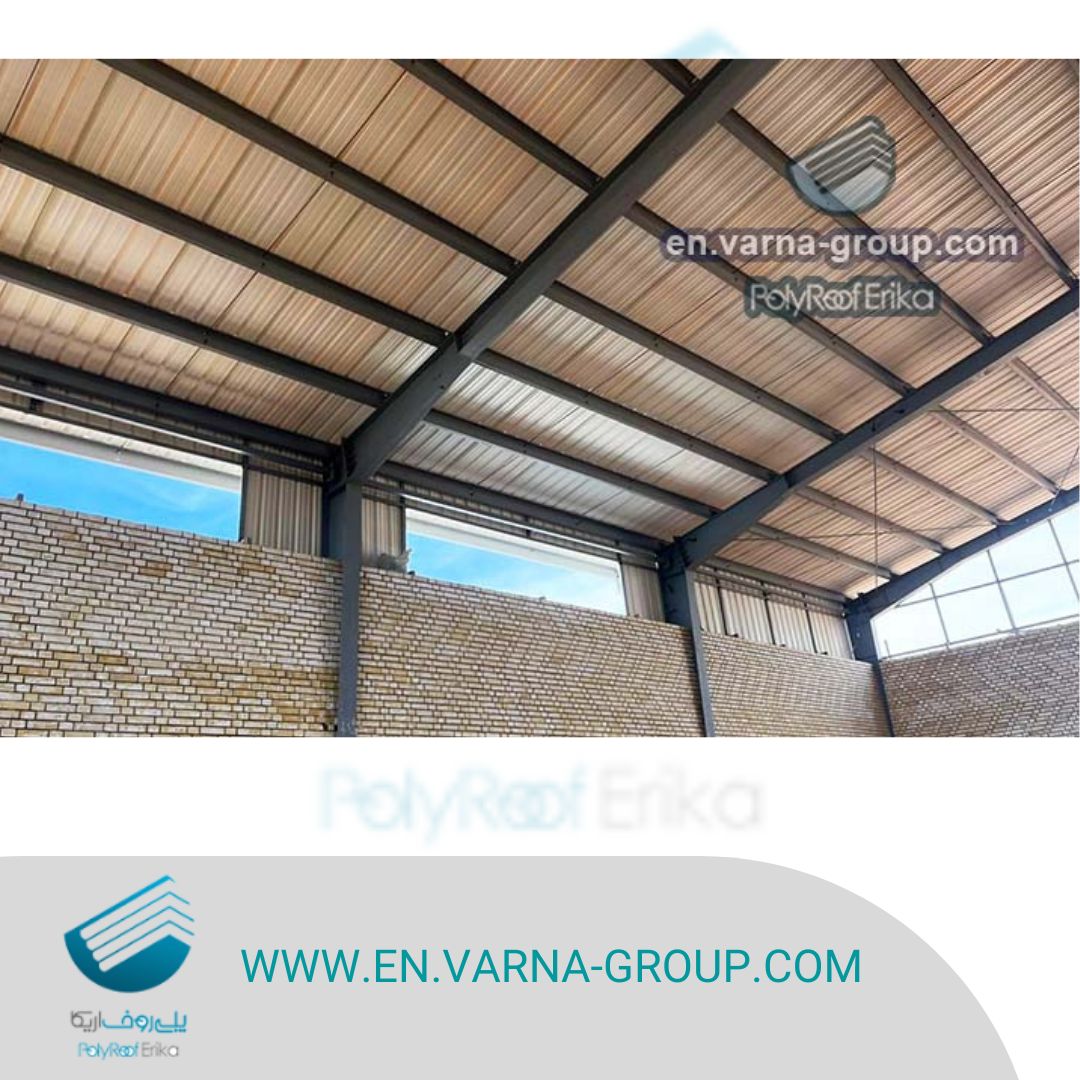
UPVC Roofing Sheets Specifications & Advantages
Sepidfam Varna uPVC roof production
UPVC roof sheets have some good features that make them an ideal choice for hip roof and curved roof designs – as well as gable and flat roofs. (As it is a versatile roof):
We are the first UPVC roof and wall manufacturer and distributor in Iran. Our products are manufactured with high quality raw materials that ensure a life expectancy of at least 40 years to every homeowner.
Trapezoidal UPVC sheets, Onduvilla, Slates, UPVC Eco-panels, etc. are just some of our products which are offered with economical prices and easy delivery across the world.
For more information on the price of hip roofs and the required materials for long-lasting roof structures, please contact us at:
Email: varna.group.com@gmail.com
All sides of hipped roof designs slope downward toward the walls. But in gable roofs only 2 sides of slopes come downward from peak of the ridge down to the roof’s eaves.
In general, multiple roof slopes can withstand more pressure in storms and heavy rain/snow than gable roofs. Due to the design of hipped roofs which have 4 slopes, they are more stable and resistant to hurricane – compared to gable roofs.
The most cost-effective material for hip roofing styles are terracotta and UPVC tiles. Since uPVC sheets are great insulators, they are the most energy-efficient roofs that last up to 50 years and require almost no maintenance.
Gable roofs are less expensive than hip roofs. That is because of the more complex designs of hipped roofs and hence more materials used in roof sidings.
Optimum pitch for a hip roof is 4:12 or 30 degrees.
In order to build a hip roof you need to pay somewhere between $25,000 and $45,000. Of course the price depends on models, variations & materials.
If you are searching for a cheap, lightweight and durable roof material that can last about 40 to 50 years, undoubtedly, it will be uPVC roof sheet.